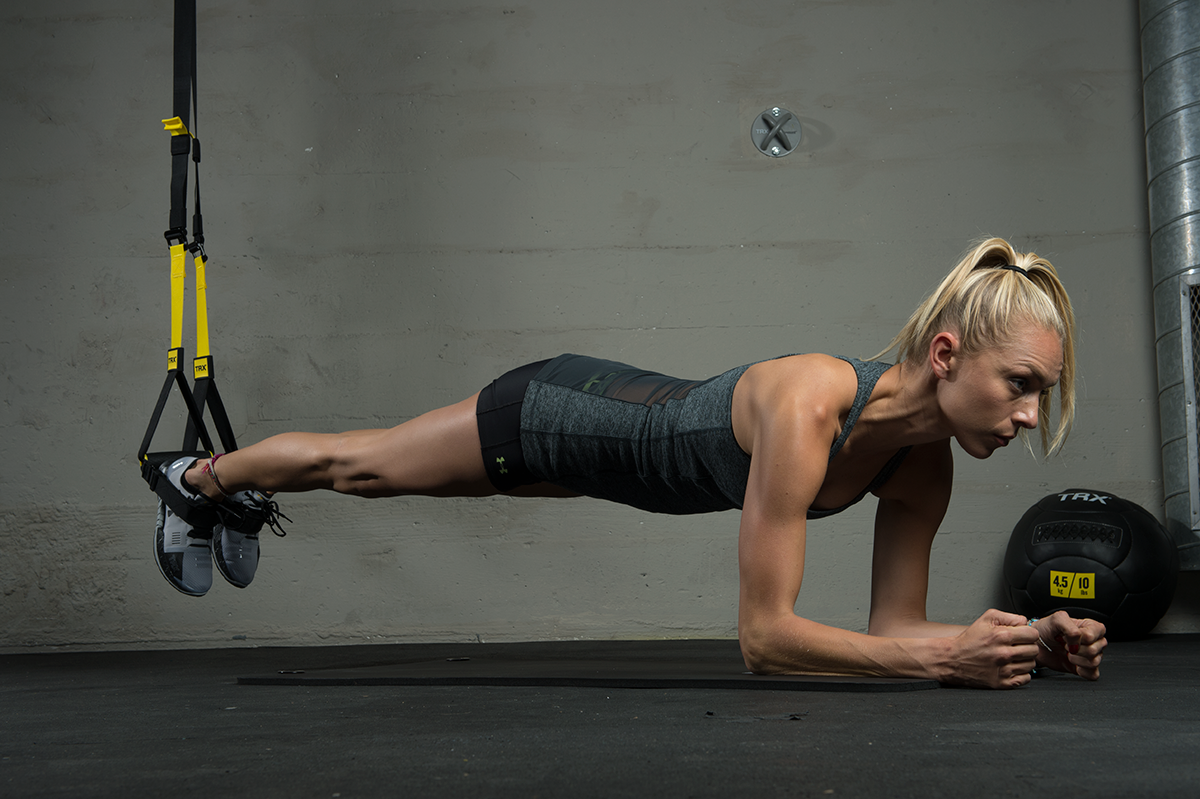Chances are you’ve heard the term “masses and spaces." Like many phrases we use to cue exercises (“proud chest,” “distal mobility,” “scapular Js”), it’s an evocative term that has a rich origin, but might not make too much sense unless given the respective context.
In the video above, TRX Head of Human Performance Chris Frankel talks about where this term comes from and demonstrates the principle in action.
The idea is to view the body as a series of masses (the head, chest and hips) held together by a series of spaces (the neck and waist). The meaning of maintaining “masses and spaces” simply means to make sure that none of your masses overtake your spaces while you move and train. It’s a term that can apply to any kind of training but proves particularly applicable to TRX Suspension Training bodyweight exercises.
Simple, yes. Easy, no.
Visualize someone executing a perfect plank. Shoulders locked down and back, and in line with hips, knees and ankles. If the shoulders shrug or the hips sag, they lose the spaces between their masses. It's a great body check for something like maintaining proximal stability before distal mobility because if you have maintained your masses and spaces, chances are you're bracing all of the core and back muscles surrounding your spine, locking in a solid plank before you incorporate some sort of movement.
Practice maintainig masses and spaces when you pick up your TRX Suspension Trainer.


